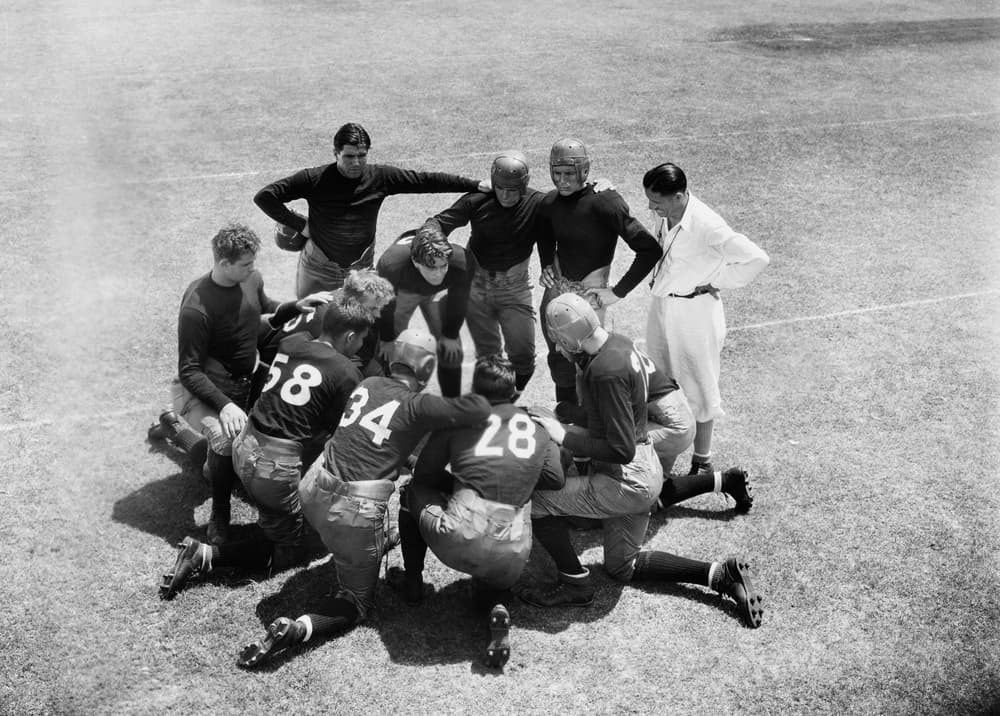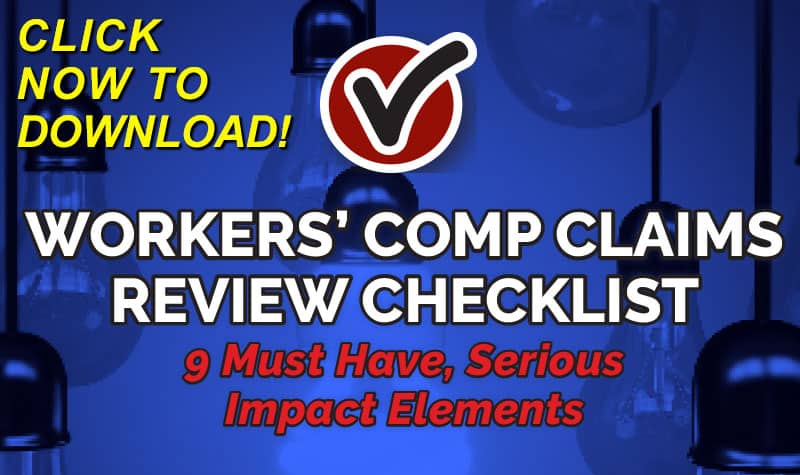1. It is the cost of the claim for “life”
When you think about reserving a file for the long term, you have to think long term. Not long term as in 10 years. Long term as in for the rest of that person’s life. In most states, if an injured worker needs long-term reasonable and necessary medical treatment for their injury, and the doctor relates treatment specifically back to that injury, then your company is probably responsible. You can get an IME (Independent Medical Review), or record review to fight why the recommended treatment is not related but, typically, the burden of proof is just causal relationship. If the patient can show the need for treatment relates back to the injury of 20 years ago, they have met their burden of proof. This is when these injuries can come back to bite you. Instead of settling 10 years ago because you thought the number was “too high,” now you are going to have to scramble to come up with a defense and, if it is indeed related, not only will you have medical costs but you may have wage-loss costs as well. (WCxKit)
Surgical cases are major red flags for future problems, especially when some sort of hardware is implanted. Most of the time these people return back to doctors due to pain, usually due to hardware or screws becoming loose. Then this person has to undergo a procedure to have it removed. Then, they have to rehab from that, and then they can return to work. But, again, the issue here is when will the person need that hardware out? Some can live with it forever and never come back. Some come back in a year or two. Some have constant problems with it and it creates problems preventing them from making a full recovery from surgery.
If you pick up any newspaper you will run across a story about the costs of medications and how they are dramatically increasing. Each drug manufacturer has their reasons to increase price but, whatever the reason, the bottom line is prices are always going up. And if you have a claim where a claimant has to take ongoing medication for pain or nerve issues, those meds are typically not the cheapest ones. Sometimes generics are available and worth looking in to, but its still an ongoing monthly cost that can drag on for years. You can find out from your IME doctor if it is necessary for your claimant to continue taking these meds, how often they should be taking them, etc. That way you can properly estimate the future cost. But keep in mind to add in a percentage for inflation over the years, since prices show no indication of decreasing.
Author Rebecca Shafer, JD, President of Amaxx Risk Solutions, Inc. is a national expert in the field of workers compensation. She is a writer, speaker, and website publisher. Her expertise is working with employers to reduce workers compensation costs, and her clients include airlines, healthcare, printing/publishing, pharmaceuticals, retail, hospitality, and manufacturing. She is the author of the #1 selling book on cost containment, Manage Your Workers Compensation: Reduce Costs 20-50% www.WCManual.com. Contact: RShafer@ReduceYourWorkersComp.com.


















